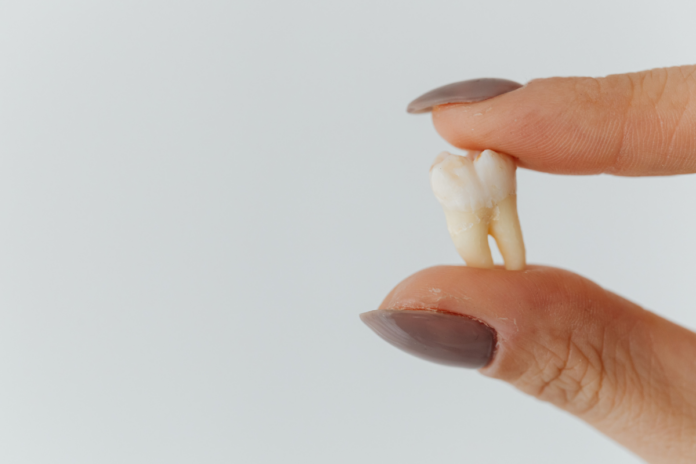Tooth extractions are not uncommon. They are typically necessary when a tooth is damaged or decayed beyond repair, causing pain and discomfort. Tooth extractions are also required when there is overcrowding in the mouth or wisdom teeth grow in incorrectly. If you are experiencing any of these issues, it may be time to consider a tooth extraction.
Decayed or Damaged Teeth
If a tooth is severely decayed or damaged, the best course of action may be to have it extracted. Leaving a damaged or decayed tooth untreated can lead to infection, abscesses and other oral health complications. A simple extraction can remove the tooth, but more complex cases may require surgical extraction.
Overcrowding
Overcrowding occurs when there are too many teeth in the mouth, making it difficult to chew or causing crooked teeth. Sometimes, dentists recommend tooth extractions to make room for other teeth to align properly. Removing teeth, in this instance, can also help improve gum health and prevent long-term damage to the mouth structure.
Wisdom Teeth
It’s pretty common for wisdom teeth to cause dental trouble. These teeth often grow incorrectly, leading to pain, infection and further issues. In some cases, wisdom teeth can grow at an angle, causing overcrowding or damaging other teeth. Wisdom teeth removal is a common procedure that can eliminate the problem and prevent problems in the future. The cost can vary depending on several factors, like the severity of the tooth extraction, the type of anesthesia used and the location of the dental clinic, but are traditionally more expensive than other types of tooth extractions.
Gum Disease
Advanced gum disease can lead to teeth becoming loosened in the mouth. Sometimes, the teeth may need extraction to prevent oral health concerns in the future. In other cases, tooth extractions may be necessary if gum disease has advanced to a severe level.
Broken Teeth
Teeth can break due to injury or trauma. If a tooth is beyond repair, it may need extraction. In rare cases, a broken tooth may be salvageable with treatment. However, extraction may be the best option in cases where the damage is severe and maintaining normal jaw and bite function seems unlikely.
What Happens During a Tooth Extraction Procedure?
A tooth extraction involves using local anesthesia to numb the area surrounding the affected tooth. Your dentist then uses specialized instruments to loosen the tooth from its socket and remove it gently. Sometimes, they may need to make an incision in the gum tissue to access the tooth. Following the extraction, a blood clot will form to protect the underlying bone and tissue. The recovery process may involve slight discomfort but can generally be managed with over-the-counter pain medication. However, following any post-operative instructions your dentist gives you is essential to ensure a smooth and successful recovery.
Talk to Your Dentist about Extraction
Tooth extractions are not always ideal, but sometimes they are necessary to protect your oral health and prevent further damage. If you’re worried about the pain you may experience or wisdom teeth removal, it’s time to schedule an appointment with your dentist to discuss your options. Whether you need a simple or complex extraction, your dentist will work with you to ensure a smooth and painless experience. And remember, regular dental check-ups and proper oral hygiene might prevent the need for tooth extractions in many cases.








